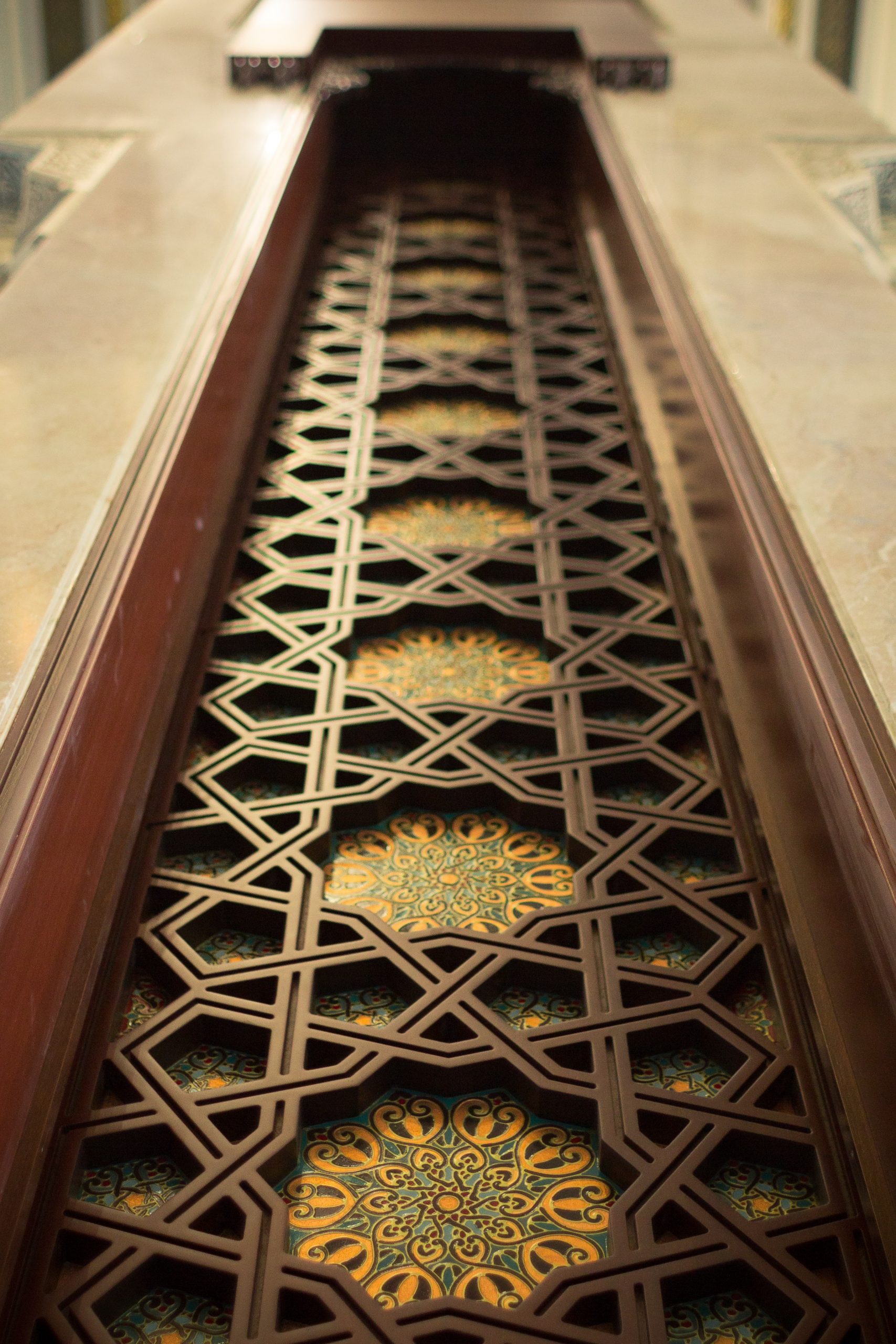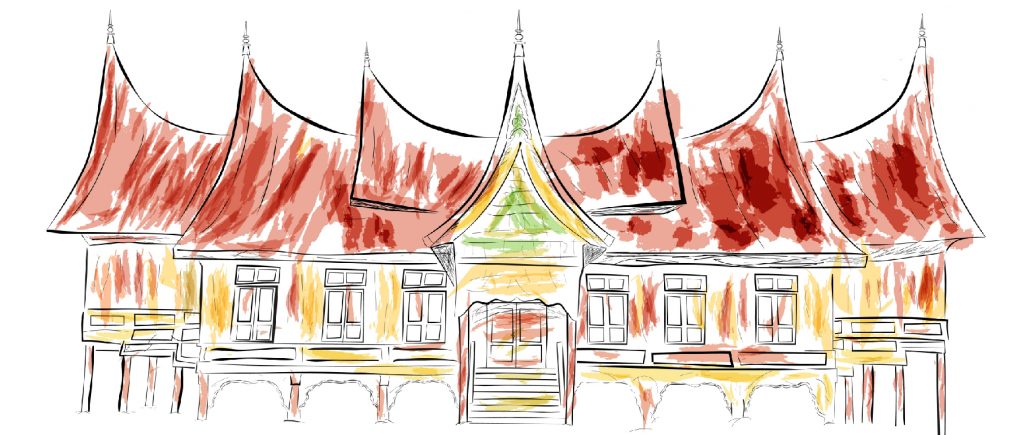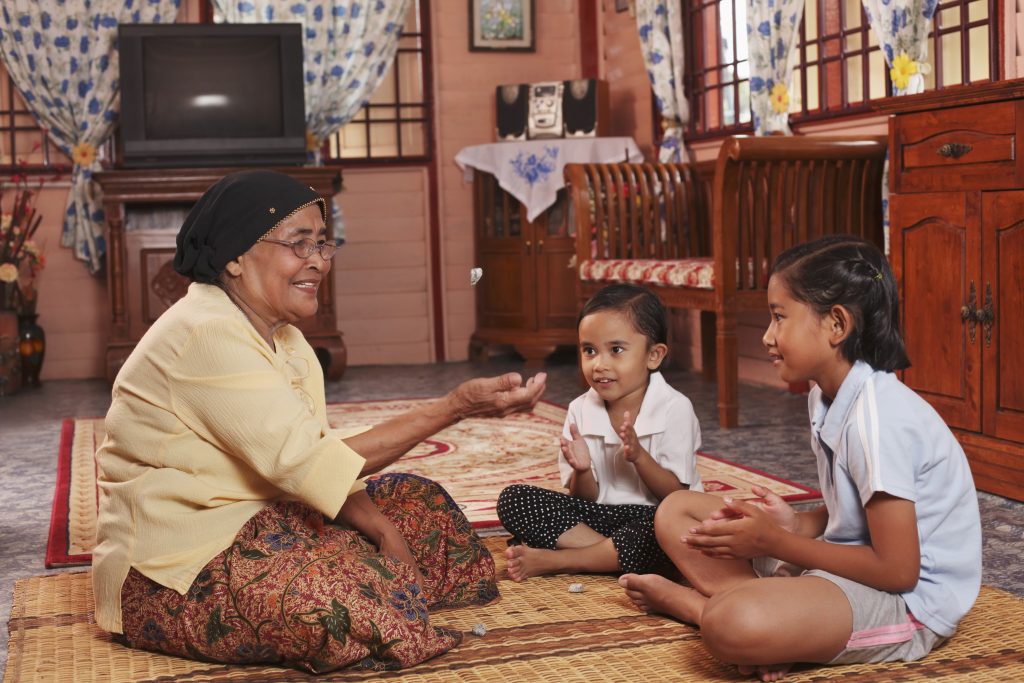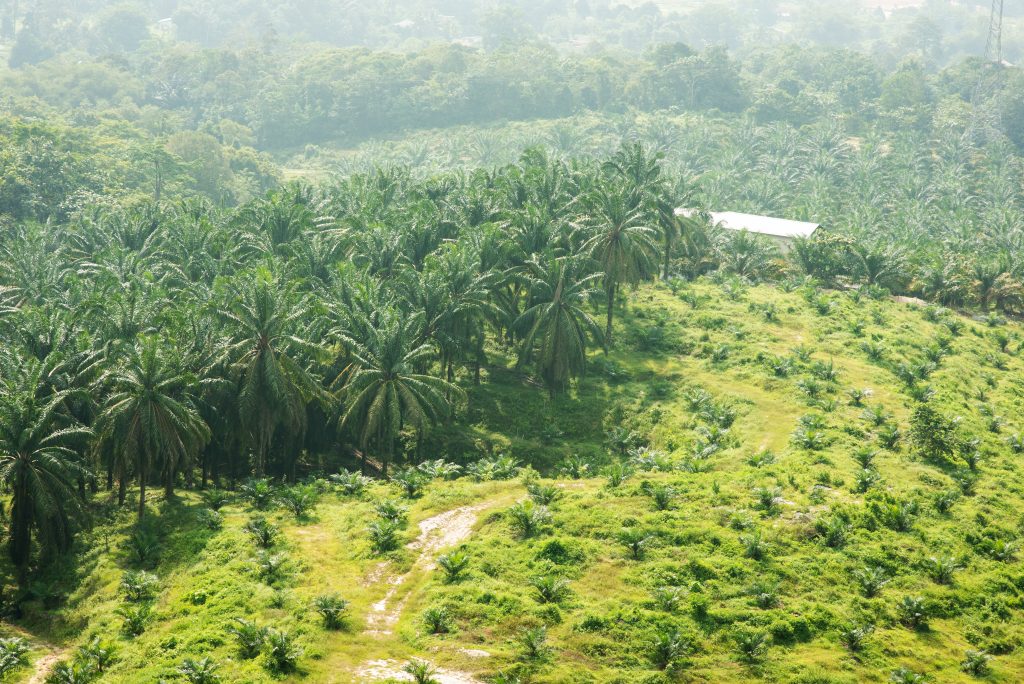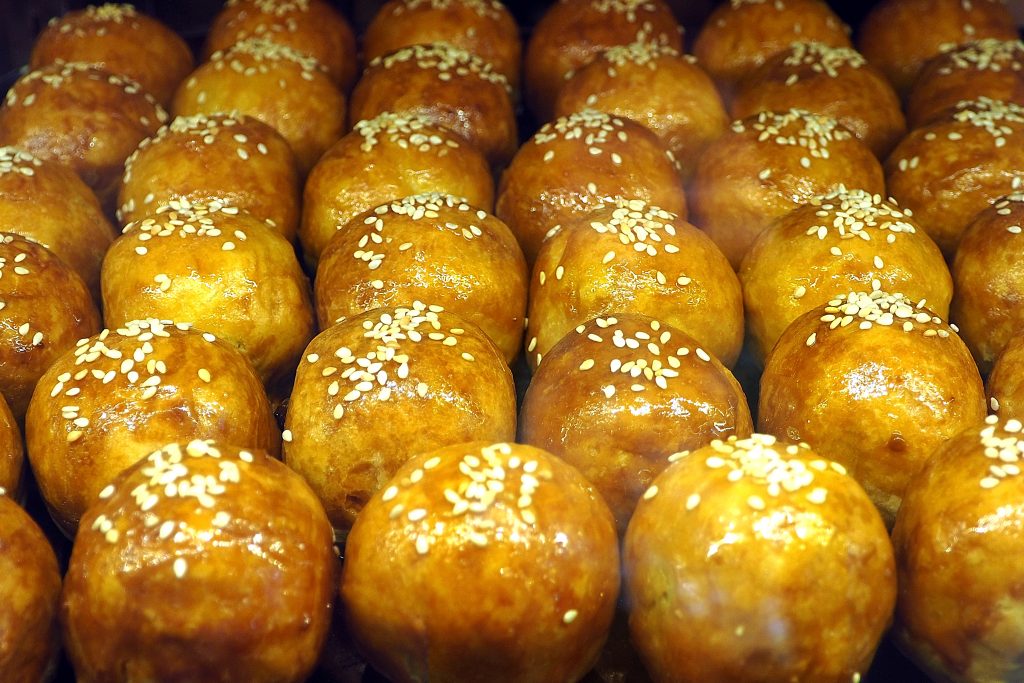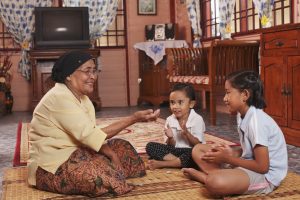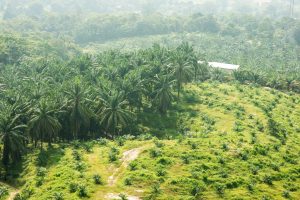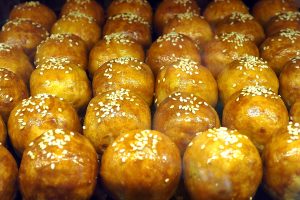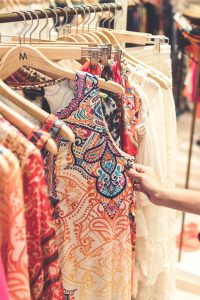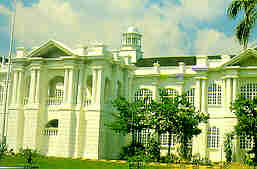HISTORY
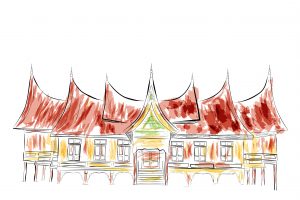
Traditional houses in Seremban known as Minangkabau
Seremban was founded as Sungei Ujong (or Sungai Ujong), named after a river of the same name. Among the Chinese-speaking community, the town is also known as “Fu Yong” in Cantonese (“hibiscus”) or as “Fu Rong” in Mandarin.
The town came into existence with the discovery of tin ore in the 1870s like most major towns in the west coast states. The discovery of tin in a nearby area called Rasah, saw an influx of Arab, foreign Malay and Chinese immigrants to work on the mines and trade there. Most of the local Malays were farmers.
Renamed to Seremban, the town flourished not only as a mining area but also as a business centre. The Linggi River served as the sole outlet to ferry tin and supplies in and out of the town. Revenue came not only from the tin trade but also from the large amount of taxes collected.
The local chieftains, namely the Dato’ Kelana and the Dato’ Shahbandar of Sungai Ujong were at odds with each other on the rights to collect taxes and ownership and control of the mines. The rivalry to assert influence and authority opened the door for British intervention in Negeri Sembilan.
The British sided with the Dato’ Kelana upon his invitation and defeated the forces of the Dato’ Bandar who was later sent into exile to Singapore. In gratitude to the British for helping him win the war, the Dato’ Kelana accepted a British Resident.
Another version of Sungei Ujong’s origins places the birth of the settlement to the year 1773. According to this version Sungai Ujong was named after a felling incident of an old merbau tree in Rembau.
Subsequently the name was changed to Seremban during the British colonial rule after a traditional game known as ‘Batu Sarimban’ or ‘Batu Seremban’, often played by the Chinese community near the Seremban railway station at the time.
What’s unique about Negeri Sembilan’s history is the role of the Orang Asli who are acknowledged as original inhabitants prior to the arrival of the Minangkabau people who brought along the Adat Perpatih from their original settlements in West Sumatra.
As with other towns developed in the states brought under British colonial rule in the late 19th century, the new settlement took on its present urban form with the construction of road, railway lines, public buildings such as a post office, markets, schools and commercial buildings. Many of these early colonial buildings remain in use today although they have been overshadowed by the new physical development.
Seremban was granted city status on 1st January 2020. The new title of ‘city’ for Seremban signals that this capital of Negeri Sembilan has arrived in terms of its urban development and the standard of its public infrastructure and amenities.
